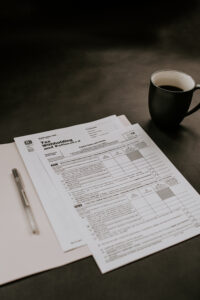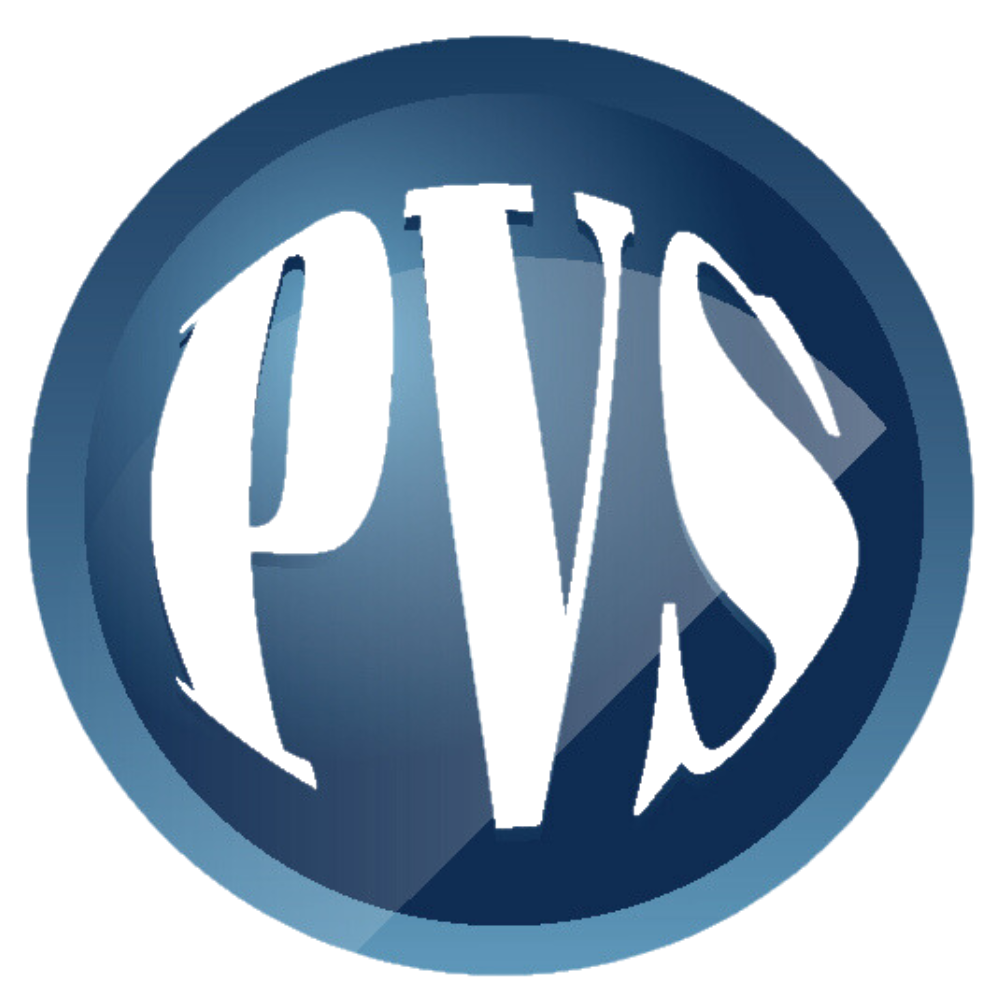
Real vs. Personal Property: The Fight Against Duplicate Taxation
What is Real Property vs. Business Personal Property?
When most companies think about property tax, real estate property tax typically comes to mind. Real property consists of land and improvements, such as a house, building and land improvements like paving, asphalt and lights. Payment of commercial real estate tax varies, as these taxes may be paid through an escrow account similar to a residential mortgage, by a tenant to a landlord through rent or paid directly to the local tax collector by property owners.
Real property tax is most familiar because of its size; depending on the building type, size and location, it might be the largest expense item for tenants or building owners. But it isn’t the only type of property tax in most states. Business personal property tax should not be overlooked.
While not as familiar to most business operators, business personal property tax is assessed and collected on the equipment, furniture and fixtures inside a building, or on other movable items such as RVs, boats and vehicles. Real estate is typically thought of as fixed or permanent, business personal property is considered ‘moveable’ and tangible — items that would be taken if a business were to vacate their building. Examples include computer and IT equipment, manufacturing equipment, interior signage, cabinetry and more. Depending on the state, it may also include interior building changes made by the tenant, referred to as leasehold or tenant improvements, which are the most common assets facing duplicate taxation.
The Valuation of Business Personal Property
Personal property assessments are based on a company’s fixed asset listing, and potentially include inventory and/or supplies and leased equipment, depending on the state in which the property is located. Each year companies are required to file a business personal property rendition to the appropriate taxing jurisdiction, listing all assets owned by the business as of the lien date, including acquisition date and cost. There are 38 states which tax business personal property, and a majority use a January 1 lien date, or date of valuation. Each state has its own due date for the personal property return. Most dates fall between January 31 and May 15; however, there are outliers where returns are due much later in the calendar year.
The tax assessor’s value of each asset is calculated using the acquisition cost less depreciation, which is based on the type and age of the asset. But depreciation varies widely. The tax assessor groups assets into classes or categories such as office furniture, manufacturing, medical equipment, computer, telephone equipment and more. Rather than utilizing book or federal depreciation, most tax assessors have their own depreciation schedule for each class of asset. Some states do not create their own depreciation schedule. Instead, they use federal property tax classifications to establish appropriate depreciation for assets.
The Valuation of Real Property
Like business personal property, real estate is valued as of a lien date, which is most commonly January 1. Unlike personal property, the valuation process for real estate does not generally require or begin with the filing of an annual return. While several states do require that real property owners provide building changes, new construction and/or income and expense data to the local assessor each year, most do not require any filing regarding the building or land.
Instead, the real property valuation is initiated by the local tax assessor, who sends notice to the property owner of their current valuation. The assessor has generally reviewed the property by means of a physical inspection or a desk review. Depending on the state, real property may be reviewed and reassessed annually or on a set cycle or schedule. In Texas, Kansas and Georgia, real property is reviewed annually. The state of Iowa and Missouri review real estate every odd-numbered year, and Tennessee and North Carolina reassess real property every four to eight years by state law. After issuing a notice of valuation, taxpayers have a set timeline during which they can challenge the assessor’s estimate of market value on their property. They must supply property data, such as an income statement or lease or market evidence to support their claim for a reduction in assessment. There is often a formal appeal process to follow, which may require meetings or discussion with the local appraisal staff, or a formal hearing before a board of local citizens, commissioners or appraisers.
Duplicate Taxation: When Real Property Becomes Personal Property
According to most state statutes and laws, the real estate assessment is an estimate of the fair market value of the building and improvements as of the lien date, meaning the anticipated price at which it would sell in an arms-length transaction between a willing buyer and seller. Logic asserts that the sale of a building would include the exterior walls and everything inside, in addition to the land and land improvements. This seems like a simple concept, but many states across the country complicate the matter but arguing that various real estate components are business personal property, such as leasehold improvements or tenant buildout. If the tax assessor is taxing real property at its reasonable selling price and taxing building components on the personal property account, that’s double taxation — and illegal.
Knowing the components of a building and industry terminology is important when discussing the double taxation of property on the real and personal sides. The term “shell” is a building composed of four walls, a floor and a roof. It has exterior walls and windows installed, concrete or other base floors, but does not contain interior dividing walls, like exam rooms in an MOB or cubicles in an office. It does not contain any other finishes like tile, carpet, acoustic drop ceiling, interior lighting, paint, wallpaper or common area décor. Those are often called “tenant improvements” or “leasehold improvements” — interior buildout inside the four walls of a building. It’s common for the developer or owner of the real property to construct or build both simultaneously – a fully functioning building from the start. But it’s also common for a real property owner to construct and own only the shell building, and for tenants to construct or install their own interior buildout, specific to their liking, use or industry. This happens frequently in special use properties, like those in the medical community, or in buildings with a high rate of turnover and generic use space, like retail or office buildings.
Regardless of ownership, most buildings in existence are fully complete — meaning they contain both shell and tenant improvements — and are a fully functioning piece of real estate. But who owns or installed each component can lead tax assessors in various jurisdictions across the country to tax them separately, and often twice. Duplicate taxation also commonly occurs when the business owner lists real-estate-related assets from a fixed equipment or leasehold improvement account on their business personal property tax return. In-house accounting staff and CPA firms alike make this common mistake, listing items from fixed equipment or leasehold accounts as tangible or movable assets. When reviewing such renditions, tax assessors are most likely to accept a return as it is filed rather than question the taxpayer on these assets. After all, it’s additional revenue for their county and city.
Connecticut is a great example of the struggle with duplicate taxation on tenant improvements. A large portion of the tax assessment offices in the state use a third-party appraisal firm to analyze and set the town’s real estate values. In PVS’ experience, these real estate assessments are typically at market value for a fully built-out building. That means the real estate valuation is the estimate of what that building would sell for with shell and tenant improvements, exactly how it sits as of the lien date. The assessment office or their third-party firm reviewed local market sales of similar properties and current lease rates and listed market rents to estimate what the building would generate in revenue for a potential buyer. This real estate assessment, therefore, includes the entire building as it stands, including tenant improvements.
At the same time, Connecticut assessors, who typically handle the valuation of business personal property in-house, will value interior buildout completed by tenants in a building on their business personal property account. This is largely because the tenant paid for and installed those walls, flooring, etc., so they appear on the tenant’s fixed asset listing or general ledger. They will assert that any physical additions or changes inside the building, not installed or owned by the real property owner but rather the tenant, are taxable as tenant improvements.
How to Avoid or Resolve Duplicate Taxation
The fight to eliminate this double taxation can be a tough one, which is why firms like PVS are engaged by owners/landlords and tenants alike. The process requires proving that the real estate assessment is at full market value, which requires appraisal and industry knowledge, access to market data and valuation experience. Simultaneously, knowing exactly which personal property assets, like certain fixed equipment, should be taxed as personal property is critical. The resolution typically requires a formal appeal on the business personal property account, so the taxpayer must possess knowledge of both forms of property tax.
Alternatively, firms like PVS know that how the annual business personal property rendition is prepared and filed can provide a large head start in duplicate taxation issues. Having an expert prepare the personal property return can also avoid costly and time-consuming audits, which can often review up to four prior years of personal property data. Hiring a firm with real and personal property expertise and experience is invaluable when duplicate taxation issues plague your property tax expense.
Most businesses are aware that real property taxes are a very large expense line item. But business personal property tax should not be overlooked. It can easily become one of the largest and most dynamic expenses a business faces, especially if a tenant is paying both real and personal property tax on the same component or asset. Attention to detail, industry knowledge and experience, and knowledge of legislative changes are important in the skill set of the company filing your business personal property returns. PVS specializes in business personal property taxes and has been preparing returns and challenging tax assessments since 1997. Please contact us if you would like to see how we can help you and your company file your renditions.



